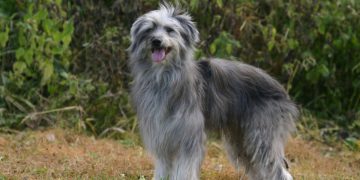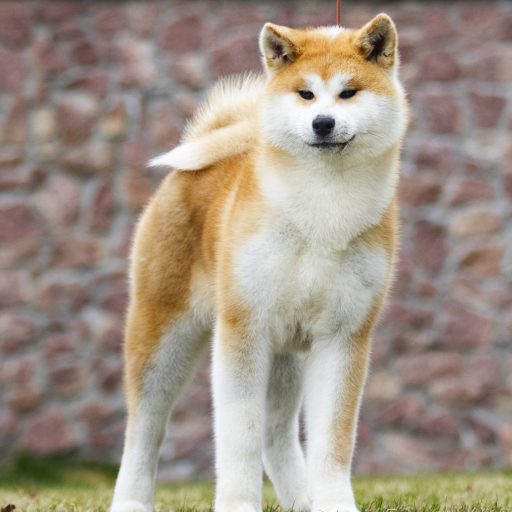Small, giving an impression of liveliness and great intelligence, the Pyrenean Shepherd is a constantly alert dog. There are two breeds under this name: the more common long-haired Pyrenean Shepherd and the smooth-faced Pyrenean Shepherd. If he can seem cold with strangers, he lets them come to him. His primary desire is to protect his master and his adoptive family. It is therefore perfect for a single human or a family with children. He wants to be an excellent playmate for the little ones.
Breed History
The Pyrenean Shepherd breed was very little known until around the beginning of the 20th century. His reputation then did not extend beyond the Pyrenean valleys, where he distinguished himself among the shepherds for his robustness and his intelligence.
He also distinguished himself as a liaison dog during the First World War, with soldiers praising his intelligence, agility and reliability. During the 1920s, the first official standard of the Berger des Pyrénées was established. It will be updated several times. The breed standard was established in May 2009 for the long-haired Pyrenean Shepherd and in April 2001 for the smooth-faced Pyrenean Shepherd.
Physical peculiarities
His hair: woolly, smooth or slightly wavy in the long-haired Pyrenean Shepherd. Shorter and thinner with its close-faced cousin. It is always well stocked.
Its color: can be fawn, charcoal, gray more or less light, blue variegated with black, brindle or even black.
Its head: triangular in shape, it is almost flat and has a slightly marked central furrow. Rounded on the sides, it is almost equal in length and width. The stop is slightly marked.
His ears: triangular and pointed at their end, they are short and relatively wide at their base. They are also flat, drooping and quite mobile.
His eyes: dark brown in color, they are almost almond-shaped and particularly expressive.
His body: the framework is robust and the musculature lean. The withers are well set out, the back long and solid and the croup short and sloping. The chest descends to the level of the elbow.
Its tail: attached downwards and ending in a hook, it can curl forward when the dog is excited. It is not particularly long, but quite provided.
Feed
The Pyrenean Shepherd is a real glutton. However, food should not be given in large quantities. Indeed, he is satisfied with little and is, as a result, economical. High quality croquettes, 150 to 200 grams per day, are enough for him.
- Latest
- Trending












